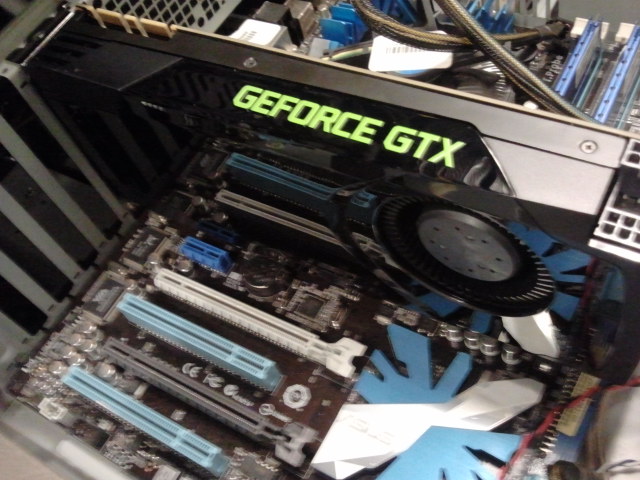Based on many reviews and forum threads, the stock clock and voltage on the HD7970 is quite conservative. Almost all mention clocks of higher than 1.1Ghz being achievable on stock voltage, and quite a few reach greater than 1.2Ghz on stock voltage. There have also been some impressive undervolting reports on stock clocks.Please tell exactly how many of these magic 7970 dies can be produced vs the standard 7970 dies for each wafer?
Essentially, many of the cards shipped to reviewers and the public already contain 'magic dies'.
The default clock of the HD7970 is 925MHz.If a significant number of these magic dies could have been produced then the 7970 would have been clocked higher than 975 mhz.
True, but those 'bad' dies can still be used in HD7970s and HD7950s.Increase frequency and power/temps go up and number of good dies go down.
Possibly, although the level of overclockability of the HD7970 on stock voltage has been seldom seen on modern non-cut-down GPUs before.And again if AMD goes down this road so can Nvidia. Quid Pro Quo.
My suspicion is that the GTX 680 already is such a 'magic die' part. That would explain the naming confusion over the past months (if the 670 Ti was to be the top end part, and the 680 is a higher clocked 670 Ti quickly introduced when Nvidia realised such a part could beat the 7970) and the rumoured specifications showing the 670 not having any components fused off like most salvage parts do.


